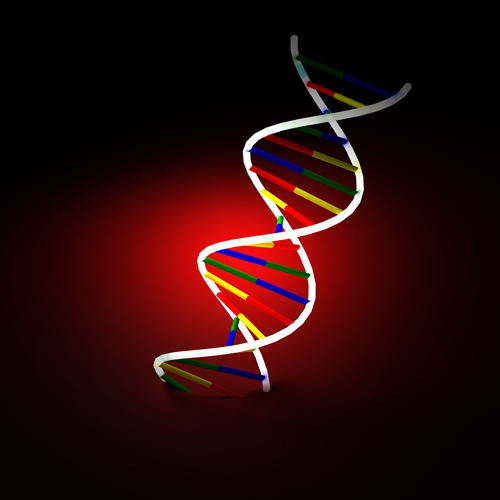Oldest DNA Sequence Known to Science from Horse Fossils
An international research team have been able to retrieve a substantial portion of the genome of an ancestral horse that roamed northern Canada nearly three quarters of a million years ago. This study will help scientists to understand more about Equine evolution and dramatically extends the known limit of DNA survival in the fossil record. Genetic material, DNA fragments has been recovered from the frozen bodies of long extinct animals before.
Ancient Fossil
DNA has been recovered from Siberian Woolly Mammoths (Mammuthus primigenius) and those of Cave Bears (Ursus spelaeus). These fossils too, date from the Pleistocene Epoch, however, the horse DNA has been recovered from fossils more than half a million years older than other material successfully studied to date.
What is DNA?
DNA (deoxyribonucleic acid) is a complex chemical molecule that carries the genetic information for an organism. It contains the information required for the development and functioning for all known types of living organism and many types of viruses. This hereditary information consists of a code made up of four chemical bases, these bases are A (adenine), G (guanine), C (cytosine) and T (thymine). These DNA chemical bases join up with each other, adenine always with thymine (A with T) and guanine with cytosine (G with C), these are called base pairs.
The order, or sequence of these base pairs determines the information available for the development and functioning of the organism, this is often referred to as the genetic code. The genome is the term used to describe the coding and non-coding material of an organism.
The Structure of DNA (The Double Helix)

Rosalind Franklin helped to unravel the structure of the double helix of DNA. Here is an illustration of the double helix.
Picture credit: U.S. National Library of Medicine (additional labelling by Everything Dinosaur)
The fossil used in the DNA study was a fifteen centimetre long leg bone, excavated from permafrost at a location in the western part of the Yukon (Canada). The bone is estimated to be around 735,000 years of age. Limb bones, as they are more robust and thicker than other bones, have a greater likelihood of preserving organic material.
To read more about this research: Ancient Fossil Horse Helps Decode Equine Evolution.

